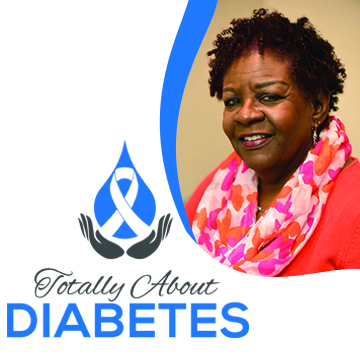Introduction
Prediabetes is like a stealthy intruder – it often creeps into your life without any noticeable symptoms. Yet, understanding what prediabetes is and its risk factors is crucial because it’s the precursor to type 2 diabetes. It also carries the risk of heart attack and stroke. In this comprehensive guide, we’ll unveil the mysteries of prediabetes, shed light on its hidden risks, and empower you with knowledge to take control of your health.
What Is Prediabetes?
Prediabetes is a metabolic condition in which blood sugar levels are higher than normal but not yet in the diabetes range. It’s a warning sign that your body is struggling to regulate blood sugar effectively. Prediabetes typically precedes type 2 diabetes, but it is subtle. The good news is that it can be reversed with lifestyle changes.
The Hidden Risks
- Family History: If your family has a history of diabetes, you’re at a higher risk for prediabetes.
- Age: The risk of prediabetes increases with age, especially after 45.
- Obesity: Carrying excess weight, particularly around the waist, is a significant risk factor.
- Physical Inactivity: A sedentary lifestyle contributes to insulin resistance, a hallmark of prediabetes.
- Poor Diet: Diets high in sugary and processed foods can lead to weight gain and insulin resistance.
- High Blood Pressure: Hypertension is often linked to prediabetes.
- Gestational Diabetes: If you had gestational diabetes during pregnancy, your risk is higher.
- Polycystic Ovary Syndrome (PCOS): PCOS is associated with hormonal imbalances that can lead to insulin resistance.
- Sleep Apnea: Sleep disorders like sleep apnea may increase the risk of prediabetes.
The Role of Insulin
Insulin, a hormone produced by the pancreas, regulates blood sugar levels. In prediabetes, your body’s cells become resistant to insulin, making it harder for sugar to enter cells. This leads to elevated blood sugar levels.
Signs and Symptoms
Prediabetes is often asymptomatic, but some people may experience mild symptoms like increased thirst, frequent urination, fatigue, and blurred vision. However, these symptoms are often subtle and can be attributed to other causes. Women going through menopause may think the symptoms they’re feeling is due to menopause and not diabetes. So a blood test is the most reliable way to diagnose prediabetes.
Diagnosis and Testing
Diagnosing prediabetes involves a simple blood test. The most common test is the Hemoglobin A1c (HbA1c) test, which measures your average blood sugar levels over the past two to three months. An HbA1c level between 5.7% and 6.4% indicates prediabetes. Glucose levels are generally 106 – 126.
Preventing and Managing Prediabetes
- Lifestyle Changes: The cornerstone of prediabetes management is making healthy lifestyle choices. This includes adopting a balanced diet, engaging in regular physical activity, and achieving a healthy weight.
- Medications: In some cases, healthcare providers may prescribe medications to manage blood sugar levels, especially if lifestyle changes aren’t enough.
- Regular Monitoring: People with prediabetes should monitor their blood sugar levels regularly and follow up with healthcare providers.
- Effective Sleep: Sleep is the body’s way of rebooting and resetting. A good night’s sleep is vital for optimal functioning for the next day. Blood glucose control can improve after consistent healthy sleep practices. Healthy sleep is 7-8 hours of uninterrupted restful sleep.
- Stress Management: Reducing stress through techniques like mindfulness and meditation can also be beneficial.
Conclusion
Prediabetes is a chronic, subtle condition that can lead to type 2 diabetes if left unchecked. Understanding its hidden risks and taking proactive steps towards a healthier lifestyle can not only prevent its progression but also improve overall well-being. Knowledge is your best defense against this silent intruder, so stay informed, get tested, and take control of your health.


Recent Comments